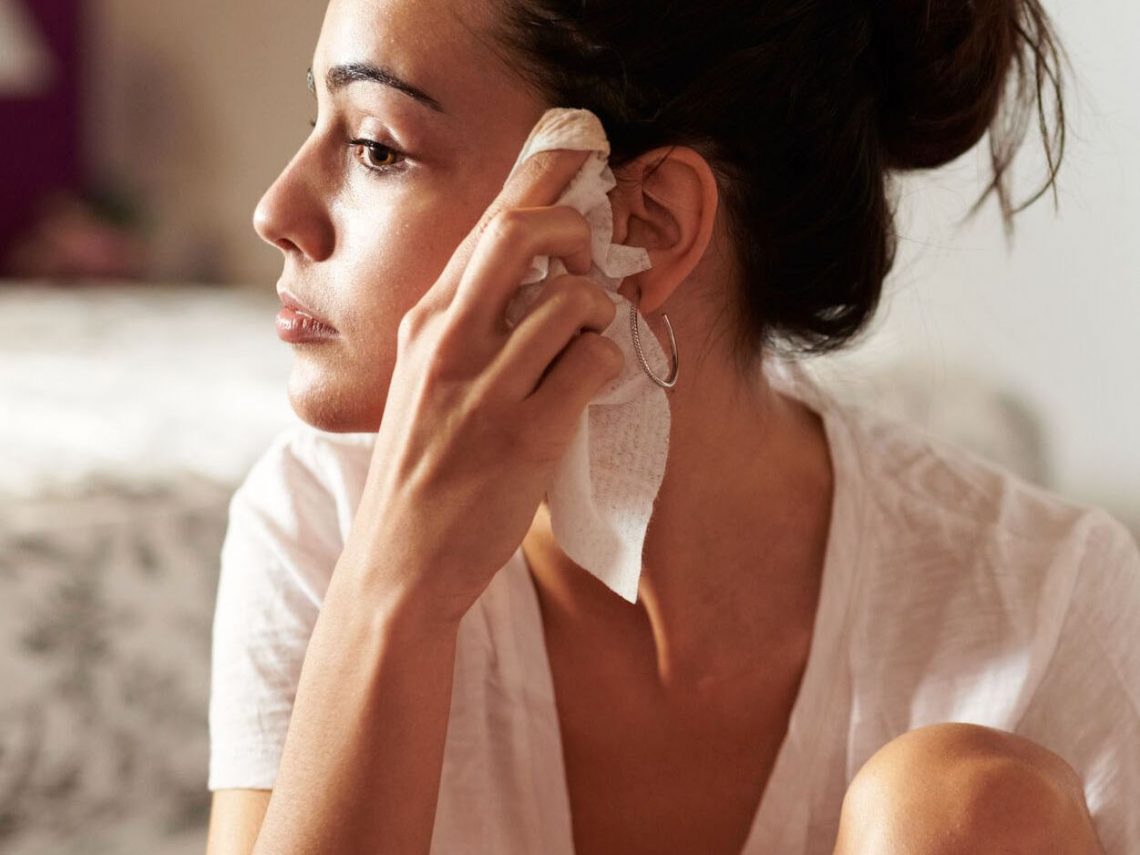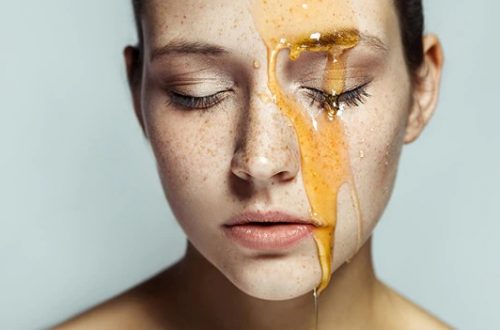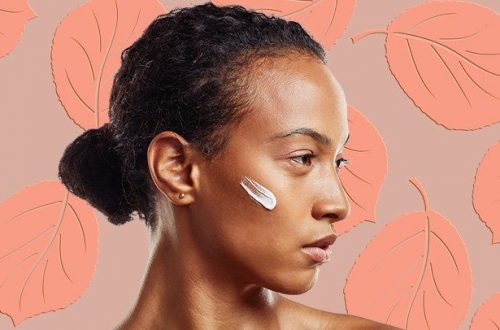
Shady Practices In The Beauty Industry
The concept of beauty has been revered since ancient times. Over the years, and with the latest technologies, the beauty industry has revolutionized due to intense research and advanced technology and equipment.
However, just like any other industry, the beauty sector has its dark sides which we will explore in the following slides.
Skin Bleaching is Poisonous — Yet Business is Booming
The Skin-Lightening Movement Unpacked
Skin lightening is also known as bleaching, lightening, and whitening. They are frequently used interchangeably, but the goal is the same: to decrease the level of melanin, or pigment, in the skin by using products or undergoing procedures. This can include lasers, peels, creams, soaps, injectables, pills, and other similar treatments.
Effects of Skin Bleaching
So, why are doctors, researchers, and other healthcare providers concerned about the popularity of skin bleaching? Is it really such a big deal?
The risks of skin bleaching extend beyond social and psychological concerns. They also pose significant health risks. Skin-lightening creams, bleaching soaps, and the occasional in-clinic skin-lightening treatment — particularly the more accessible, less expensive ones — are sadly frequently unregulated.
The use of skin lighteners containing unknown concentrations of active skin-bleaching ingredients is extremely dangerous and can expose you to a hidden global health risk. Mercury toxicity/mercury poisoning, contact dermatitis, and steroid acne are all adverse effects of skin bleaching agents caused by hazardous skin-lightening compounds.
Child Labor
Children are putting their lives in danger to bring you the glimmer in your makeup. Excavated raw material (excavated by children) will eventually be collected by a broker, who will sell it to an exporter, who will then deliver it to a manufacturer, typically in China. It is then milled into a fine, pearly pigment that international beauty companies use to add a reflective finish to eyeshadow, blush, lipstick, and other products. Because it allows exporters to exploit the people mining the mica, each person in the supply chain benefits financially from obscuring the origin of the mica through this complicated exchange of hands.
Beauty Industry and Environmental Issues
The oceans are in trouble, thanks in part to the beauty industry, but brands are slow to reduce pollution and regulations are lax — so what should be done?
According to neutriherbs research, cosmetics contain a variety of chemicals that have the potential to harm the environment and even human health. A quick walk down the cosmetics or shampoo aisle will reveal how common these chemicals are.
P-phenylenediamine, a petroleum derivative, poisons plankton and other small marine animals. Triclosan, a chemical that can devastate entire ecosystems, is frequently found in hand sanitizers and deodorants. Dioxane, which is found in shampoo and bubble baths, disrupts the endocrine system and kills insects such as bees.
These are just a few of the known toxins found in cosmetics. Because many remain unstudied, the full extent of cosmetics and toiletries’ environmental impact may be far greater than previously thought.
Substandard Products
Due to uncontrolled demand for makeup products, most industries and local individuals are synthesizing and selling substandard makeup. These falsified goods aren’t just being sold in shady warehouses. According to a 2019 report, forged skincare products have most likely infiltrated your Instagram feed — nearly 34 percent of respondents in a survey by Red Point, a company specializing in brand and copyright protection, had purchased cosmetics online only to discover they had received a fake.





